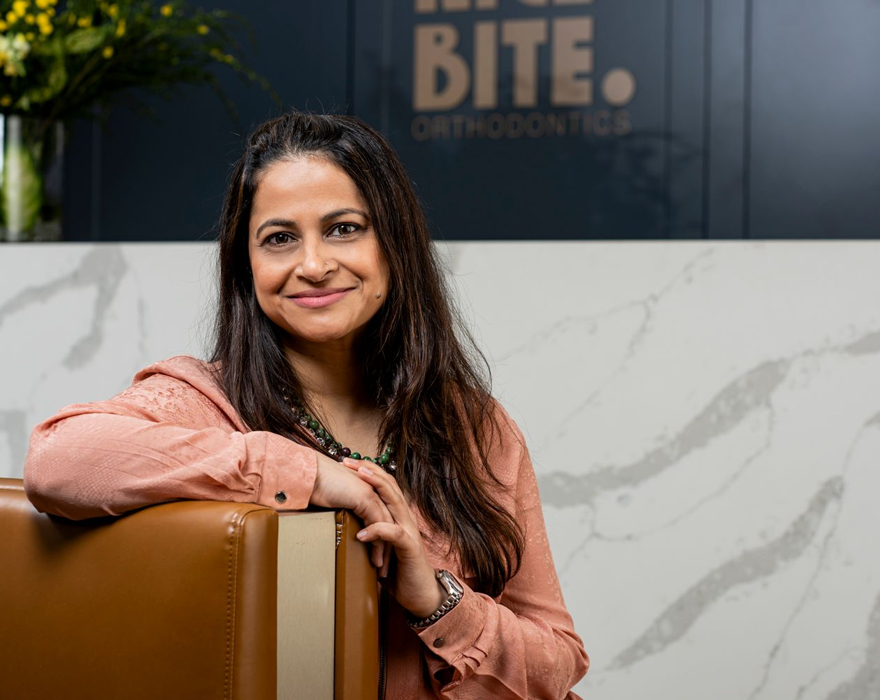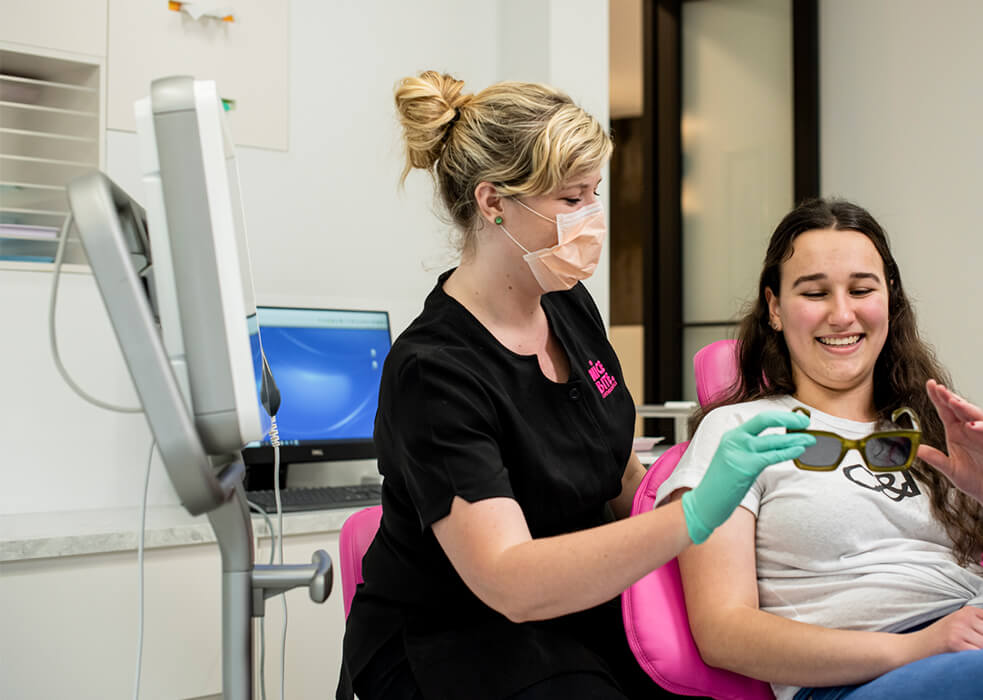Need to see a Specialist Orthodontist?
Book a consultation with our team in Strathfield today to start your journey to a straighter smile.
Having a beautiful, healthy smile often requires both dental and orthodontic specialisation, as well as patient commitment. Nevertheless, orthodontists and dentists each have different roles to play in perfecting your smile.
Here is a helpful table to explain the difference between these two important dental professions.
| Orthodontist | Dentist | |
| Qualifications & Memberships | ||
| Bachelor of Dental Surgery (5 years) | ||
| Master of Orthodontics (MOrth) (3 years) | ||
| General Dental Council Registered Specialist in Orthodontics | ||
| Membership of professional orthodontic bodies, eg. Australian Society of Orthodontists | ||
| Treatments & Services | ||
| General 6-month check up | ||
| Fillings & extractions | ||
| Cleaning & polishing | ||
| Advises on overall oral health of teeth and gums | ||
| Fitting of orthodontic appliances, such as braces & Invisalign aligners | Some general dentists may fit braces and Invisalign but they are not specialists in orthodontics | |
| Experience & training | ||
| Is specifically trained in the movement of teeth and bite issues | ||
| Recommends and treats patients after assessing overall facial profile | ||
| Uses the latest in orthodontic technology for the benefit of patients | ||
| Attends regular training on developments in the orthodontic industry | ||
| Is a member of The Invisible Orthodontist (TIO) Network | Not all orthodontists are members of TIO but those that are demonstrate further commitment to promoting invisible orthodontic treatment. | |
Source: The Invisible Orthodontist
Book a consultation with our team in Strathfield today to start your journey to a straighter smile.

